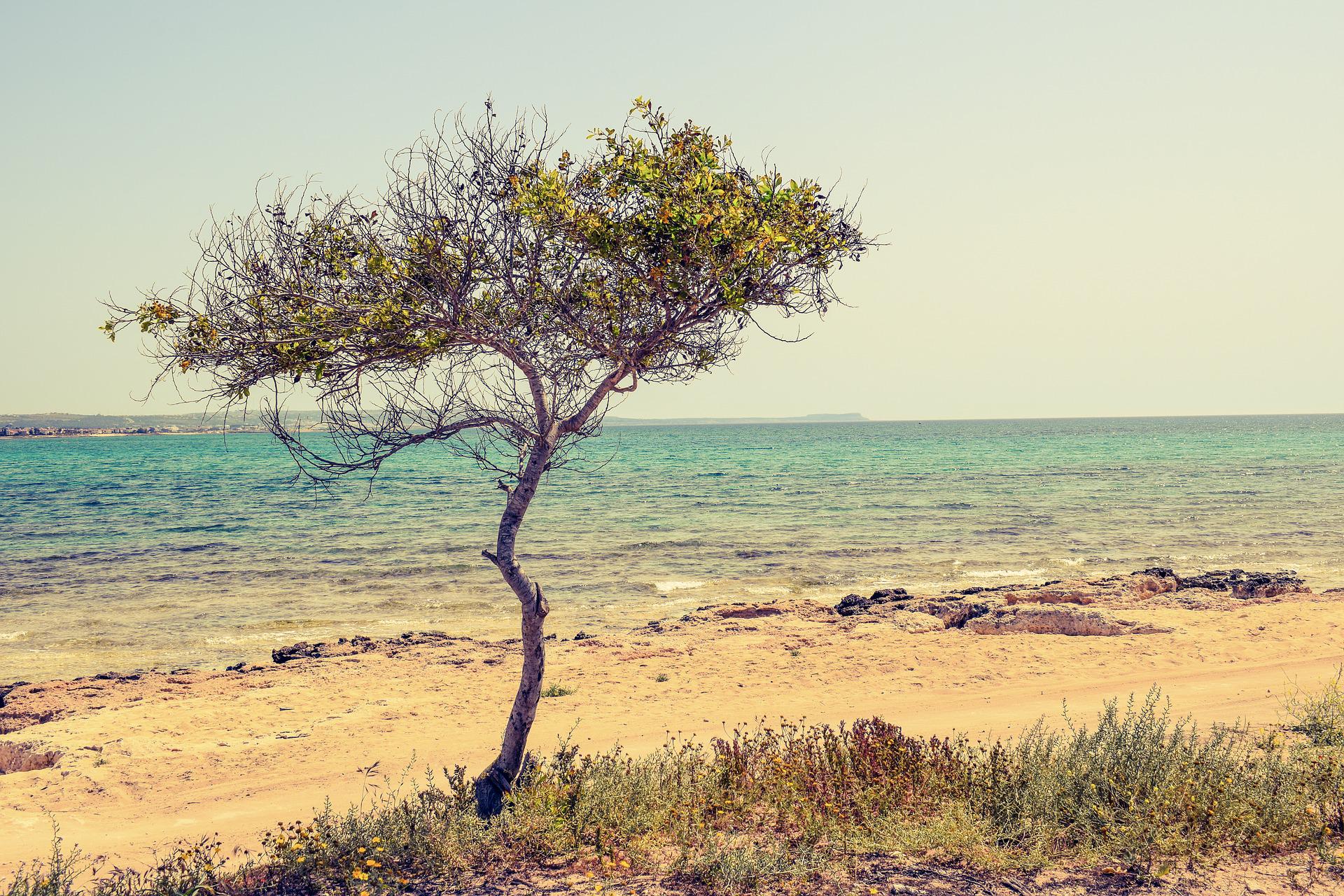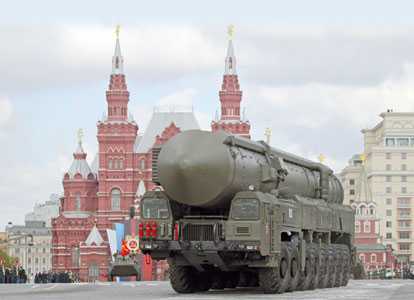Armenia was grappling with its worst fuel shortages since the early 1990s on Monday despite the reported reopening of Georgia’s east-west railway that serves as the main supply line of the two South Caucasus states.
A section of that railway close to the central Georgian town of Gori was damaged by a weekend fuel train explosion which Georgian officials said was caused by a landmine. It occurred just over a week after another, powerful explosion downed a nearby rail bridge. Russia denied Georgian accusations that it was behind the attack.
The August 16 blast left the Armenian government scrambling to restore supplies of wheat, fuel and other basic commodities from the Georgian Black Sea ports of Poti and Batumi which process more than 90 percent of Armenia’s external cargo turnover. The government sent a convoy of about 40 fuel trucks to collect gasoline stranded in the ports.
Officials said on Monday that the convoy returned to Armenia at the weekend with more than 500 tons of petrol. The government does not plan to send more heavy vehicles to Georgia in view of the renewed rail communication, they said.
Meanwhile, the situation with fuel supplies only deteriorated, with the vast majority of filling stations in Yerevan resorting to severe fuel rationing on Sunday. They stopped selling petrol altogether the next morning. Only holders of prepaid corporate vouchers issued by the country’s largest station chains could buy a limited amount of petrol on Monday.
“We have run out of gas and are selling it only to company cars. This is all the information I have at this point,” said a worker at one filling station besieged by angry motorists.
“The war is in Georgia, but it’s Armenia that is in crisis,” one of them complained. “They keep saying that petrol is coming and there are no problems. But there is a problem.”
“Even in the most remote Georgian village there is no petrol shortage,” said another driver. “Why? Because there are many petrol importers in Georgia but only three of them in this country.”
The cargo company Apaven, which was assigned by the government to organize the emergency fuel imports, downplayed the crisis. “The [Georgian] railway has begun functioning at a fraction of its capacity,” Apaven’s executive director, Gagik Aghajanian, told RFE/RL. “But even that is enough. If there is any deficit, I think it will be eliminated shortly.”
Aghajanian referred to the start of rail traffic through a smaller, disused rail bridge which Georgia, helped by Armenia and Azerbaijan, has prepared for use until the damaged bridge is repaired.
According to the Armenian Ministry of Transport and Communications, the August 16 blast left a total of 178 rail cars, 108 of them loaded with wheat, stranded on Georgian railway sections west of Gori. “In all likelihood, 35 cars loaded with wheat will head to Armenia today,” a ministry spokeswoman, Susanna Tonoyan, told RFE/RL.
“Besides, we have a lot of freight in the ports of Poti and Batumi awaiting shipment,” she said. “In particular, in Poti there are two ships carrying 6,700 tons of wheat and 93 rails cars of other goods. In Batumi, we have 2,500 tons of wheat, ten cars of petrol and another one thousand tons of petrol.”
Tonoyan added that the government has also organized “intensive” fuel and wheat supplies from neighboring Iran. More than 400 tons of flour have already bee imported to Armenia through Iranian territory, she said.






